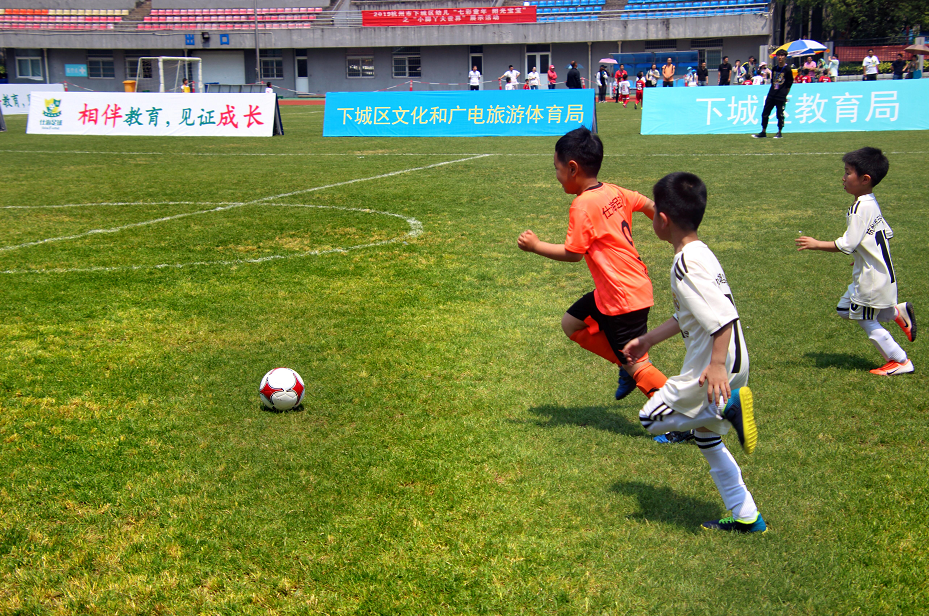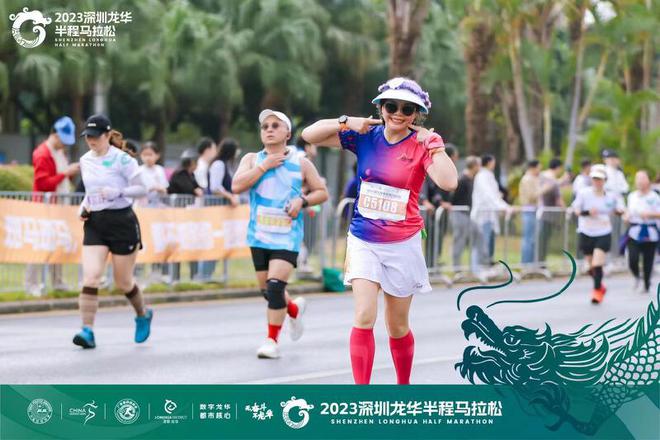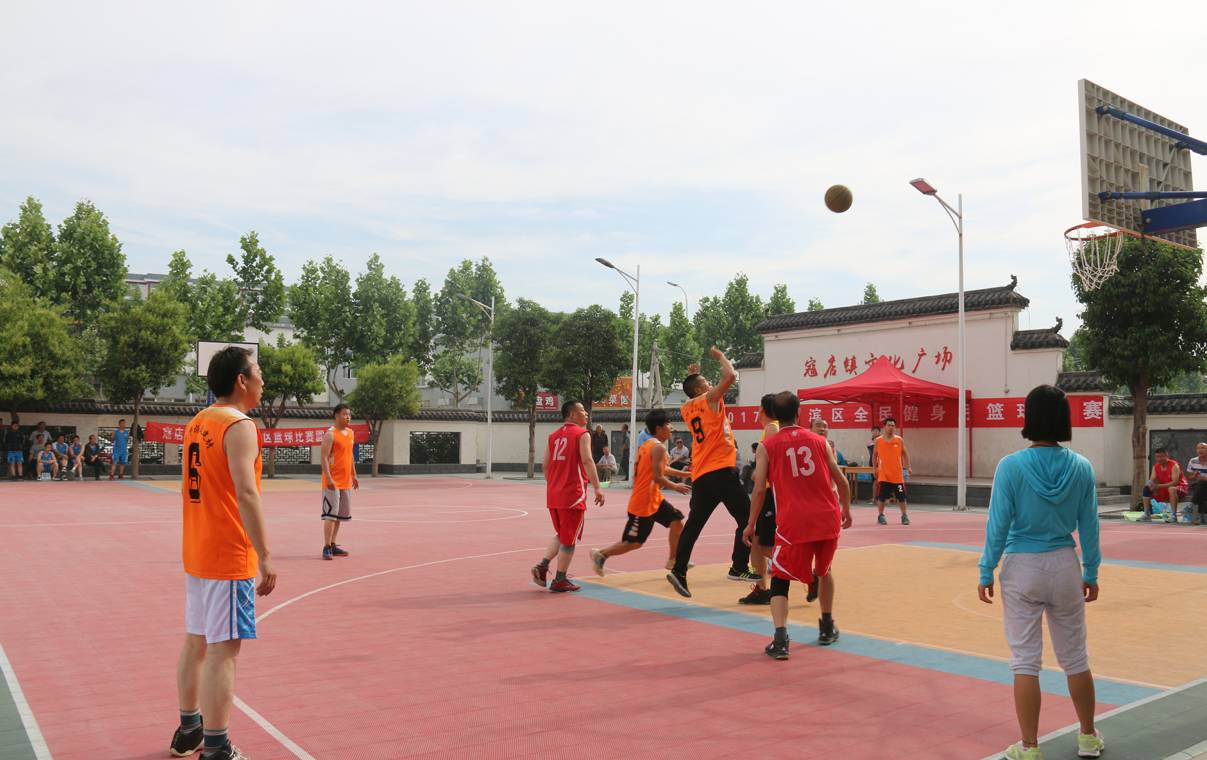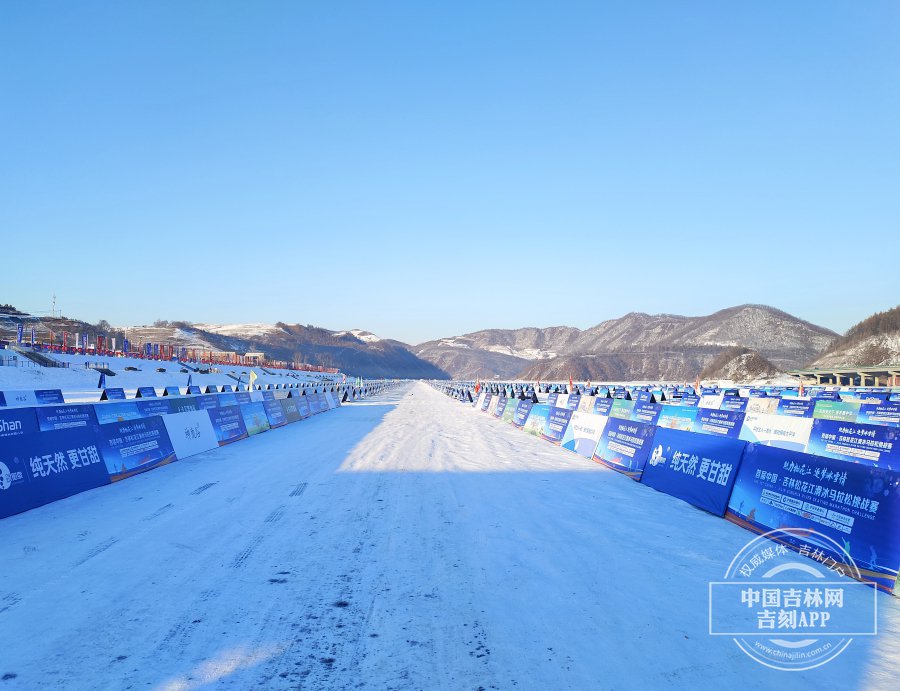
[1]
刘斌, 朱一方, 潘伟, 等. 新冠疫情对我国及全球汽车产业的冲击分析[J]. 汽车纵横, 2020(4): 41-45.
[2]
高运胜, 孙露, 张玉连. 新冠疫情全球蔓延对我国汽车产业链的冲击与机遇[J]. 国际贸易, 2020(11): 36-44.
https://doi.org/10.14114/j.cnki.itrade.2020.11.006
[3]
李方生, 赵世佳, 张建杰, 胡友波. 新冠肺炎疫情对汽车产业的影响及应对举措[J]. 科学管理研究, 2021, 39(1): 51-57.
https://doi.org/10.19445/j.cnki.15-1103/g3.2021.01.009
[4]
Wen, W., Yang, S., Zhou, P. and Gao, S.Z. (2021) Impacts of COVID-19 on the Electric Vehicle Industry: Evidence from China. Renewable and Sustainable Energy Re-views, 144, Article ID: 111024.
https://doi.org/10.1016/j.rser.2021.111024
[5]
Kaitwade, N. (2021) COVID-19 Shatters Global Automotive In-dustry; Sales of Metal Powder Take a Nosedive Amid Wavering Demand. Metal Powder Report, 76, 137-139.
https://doi.org/10.1016/j.mprp.2020.06.059
[6]
贾芃菲, 曹一安, 潘雨婷. 新冠疫情对中国汽车行业的影响[J]. 商展经济, 2020(12): 34-36.
[7]
阮祚旻, 刘延朝. 新冠疫情对我国汽车产业的短期冲击探究[J]. 现代商贸工业, 2020, 41(23): 5-6.
https://doi.org/10.19311/j.cnki.1672-3198.2020.23.003
[8]
赵春萍, 林春山, 李冀中. 疫情下的汽车行业发展[J]. 中国金融, 2021(7): 95-96.
[9]
Belhadi, A., Kamble, S., Jabbour, C.J.C., Gunasekaran, A., Ndubisi, N.O. and Venkatesh, M. (2021) Manufacturing and Service Supply Chain Resilience to the COVID-19 Outbreak: Lessons Learned from the Automobile and Airline Industries. Technological Forecasting and Social Change, 163, Article ID: 120447.
https://doi.org/10.1016/j.techfore.2020.120447
[10]
陈昊. 全球疫情对我国汽车产业的影响及对策[J]. 宏观经济管理, 2021(5): 69-76.
https://doi.org/10.19709/j.cnki.11-3199/f.2021.05.011
[11]
韩冬至. 疫情对中国汽车行业的影响及对策[J]. 河北企业, 2020(11): 61-62.
https://doi.org/10.19885/j.cnki.hbqy.2020.11.027
[12]
李洋, 张天放. 2020年我国汽车行业发展趋势及政策建议[J]. 辽宁经济, 2020(6): 48-49.
https://doi.org/10.14041/j.cnki.1003-4617.2020.06.019
[13]
黄钊. 疫情下对汽车产业影响及预测[J]. 时代汽车, 2020(3): 20-21.
[14]
阎惠全. 新形势下汽车行业销售新模式的探究[J]. 今日财富, 2020(19): 59-60.
[15]
彭庆超, 孔诗洋, 孙萌. 疫情影响下我国新能源汽车行业面临的困难及政策建议[J]. 北方经济, 2020(9): 42-44.
[16]
Ivanov, D. and Dolgui, A. (2020) Viability of Intertwined Supply Networks: Extending the Supply Chain Resilience Angles towards Survivability. A Position Paper Motivated by COVID-19 Outbreak. International Journal of Production Research, 58, 2904-2915.
https://doi.org/10.1080/00207543.2020.1750727
[17]
Nakamura, H. and Managi, S. (2020) Airport Risk of Importation and Exportation of the COVID-19 Pandemic. Transport Policy, 96, 40-47.
https://doi.org/10.1016/j.tranpol.2020.06.018
[18]
Moran, P. (1950) Notes on Continuous Stochastic Phe-nomena. Biometrika, 37, 17-23.
https://doi.org/10.2307/2332142
[19]
Anselin, L. (1995) Local Indicators of Spatial Association-LISA. Geo-graphical Analysis, 27, 93-115.
https://doi.org/10.1111/j.1538-4632.1995.tb00338.x
[20]
Kelejian, H.H. and Prucha, I.R. (1998) A Generalized Spatial Two-Stage Least Squares Procedure for Estimating a Spatial Autoregressive Model with Autoregressive Dis-turbances. Journal of Real Estate Finance and Economics, 17, 99-121.
https://doi.org/10.1023/A:1007707430416
[21]
巫细波, 张小英, 葛志专, 赖长强. 我国COVID-19疫情时空演变特征研究——基于314个城市329天面板数据[J]. 地域研究与开发, 2021, 40(1): 1-6.
https://doi.org/10.3969/j.issn.1003-2363.2021.01.001
[22]
巫细波, 程风雨, 罗谷松. “一带一路”沿线汽车市场时空变化特征及影响因素研究: 基于2005-2017年面板数据[J]. 世界地理研究, 2020, 29(4): 814-824.
https://doi.org/10.3969/j.issn.1004-9479.2020.04.2019171








评论留言